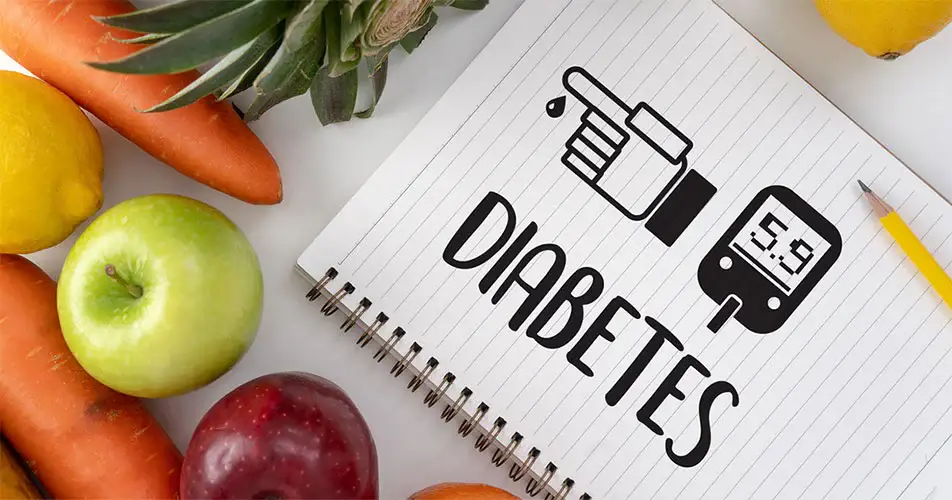Fruit are often described as too sweet and too high in sugar. Many people, therefore, avoid fruit as much as possible. Diabetics are also repeatedly warned about fruit. But we recommended fruit for diabetes. A study has now shown (April 2017) that the risk of developing diabetes is lower for those who like to eat fruit. And even for people who have diabetes, fruits have an extremely positive effect. It has been shown that diabetics who like to eat fruit are less likely to struggle with typical diabetes complications and diabetes-related diseases.
Fruit reduce the risk of diabetes
With type 2 diabetes, those affected are often unsure of what they can and cannot eat. Fruit for diabetes seems to be particularly important. Because fruits are known to contain sugar – and are therefore avoided by many people with diabetes.
Fruit are basically very healthy that help prevent and treat many diseases – including diabetes. They are rich in vitamins, antioxidants, and soluble and insoluble fiber. In addition, they taste delicious.
Fruit help you lose weight and improve high blood pressure
For example, a diet rich in fruit and vegetables can significantly reduce the risk of high blood pressure, heart disease, stroke, obesity, and some forms of cancer. Diabetics in particular are often affected by these problems. They are often overweight and have high blood pressure, so a diet rich in vegetables and fruit for diabetes can help them to get these symptoms under control more easily.

If an overweight diabetic loses weight, their diabetes usually improves too. If the condition of his cardiovascular system also improves, then of course his blood sugar level is regulated much more easily.
Fruit and their sugar content
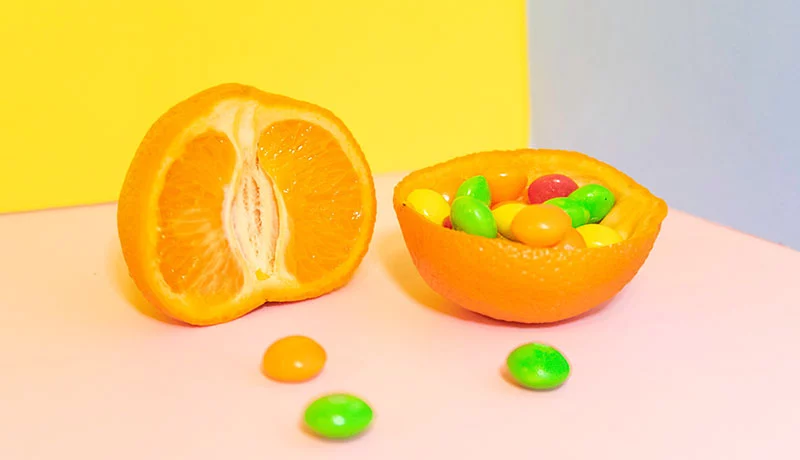
But what about the sugar, which is undoubtedly found in abundance in fruit? After all, we know that sugar increases blood sugar level.
To be able to assess the influence of food on the blood sugar level, there are the values of the so-called glycemic load.
Fruit glycemic load vs food
Below is a small selection of different foods and their respective glycemic load. The higher the values, the more the food in question causes the blood sugar level to rise. Values up to 10 are considered low, values over 20 are considered high:
Types of sugar:
| Food | Glycemic Load (GL) |
| Glucose (grape sugar) | 100 |
| Sucrose (table sugar) | 70 |
| Lactose (milk sugar) | 40 |
| Fructose (fruit sugar) | 20 |
Bread, pasta, and rice:
| Food | Glycemic Load (GL) |
| White bread | 38.8 |
| Whole wheat bread | 18 |
| White rice | 55 |
| Whole grain rice | 39 |
| White pasta | 40 |
| Whole wheat pasta al dente | 26 |
| Oatmeal | 23.5 |
Sweets:
| Food | Glycemic Load (GL) |
| Jam (normal with sugar) | 42 |
| Unsweetened jam | 4.5 |
| Honey | 49 |
| Pastries | 33 |
| Chocolate bar (normal milk chocolate) | 35 |
| Chocolate 70 percent cocoa content | 6.9 |
Potatoes, vegetables, and fruits:
| Food | Glycemic Load (GL) |
| Potatoes (jacket potatoes, mashed potatoes) | 10 |
| Leaf vegetables and salads | Usually under 1 |
| Berries | 1.3 – 2 |
| Fresh apricot | 2.6 |
| Apricot dried | 19.2 |
| Canned apricot (with sugar) | 42.6 |
| Orange | 3.5 |
| Apple | 4 |
| Orange juice (unsweetened) | 5 |
| Watermelon | 4.5 |
| Kiwi | 5.5 |
| Mango | 6.5 |
| Grapes | 7.2 |
| Banana | 12 |
Fruit have less of an effect on blood sugar level than whole grain bread
So you can see that fruit have a very low glycemic load and suprisingly even bananas, which diabetics are often advised against, have significantly lower GL values than, for example, the whole grain varieties of bread, pasta, and rice. Fruit for diabetes is not harmful.
even fruit juices – if unsweetened and ideally freshly squeezed – do not have noticeably high GL values. The GL values of juice compared to fresh fruit increases by a maximum of 2 points.
The table above also shows you which carbohydrate foods should actually be avoided in diabetes, namely sweets, pasta, and baked goods made from white flour. Fruit for diabetes, however, can be consumed without any problems – of course, taking into account the desired total amount of calories and carbohydrates.
High fruit consumption – less frequent diabetes
In April 2017, researchers from the University of Oxford published a study on fruit consumption and diabetes in the journal PLOS Medicine. In their introduction about fruit for diabetes they wrote:
” The fact that fruit contains sugar has recently led to the assumption that fruit could increase the risk of diabetes and also of diabetes-related vascular diseases. “
This research showed how the study participants ate, how many got diabetes, how many developed vascular diseases, and how many of the diabetics died the scientists found that those who ate a particularly large amount of fresh fruit were less likely to develop diabetes than other study participants.
In the group of already sick diabetics, the researchers discovered that only those who had eaten small amounts of fresh fruit had an increased risk of death. Diabetics who ate a lot of fruit, on the other hand, had a lower risk of typical diabetes complications resulted from blood vessels. And it proved that fruit for diabetes is not harmful.
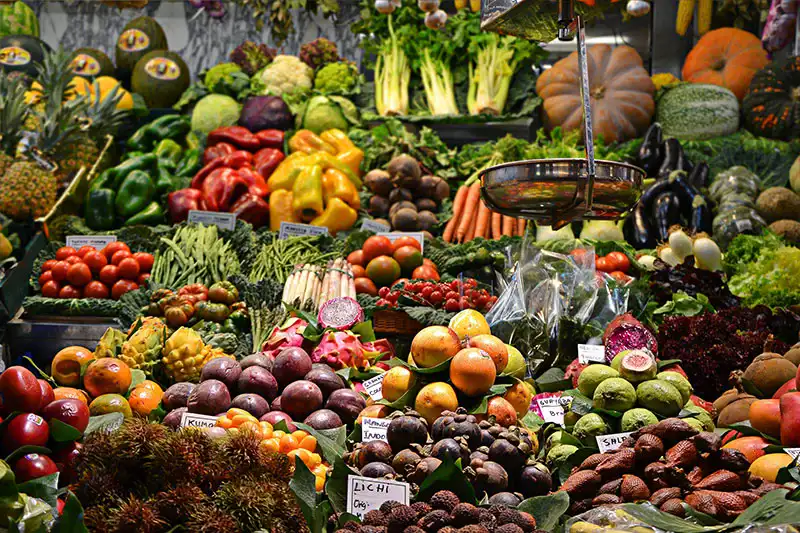
Fruits are not a cause of diabetes
Since this was a purely observational study, it is not certain that other eating habits cannot be responsible for this result. Because if you like fruit, you might also like to eat vegetables. And those who eat less fruit may eat more meat – and processed meat products have been shown to increase the risk of diabetes while consuming more vegetables and fiber can lower the risk of diabetes.
The study presented here provides an important indication, however: Fruits are not the cause of diabetes and diabetes-related diseases. Fruit also do not increase the risk of these symptoms and can therefore be eaten without any concerns even if you have diabetes. fruit for diabetes is necessary.
Drink fruit juices only rarely
Despite the low GL, fruit juices should not be drunk by diabetics nor by healthy people. With fruit juices, you can consume a lot of carbohydrates and calories very quickly. This means If you wanted to eat the same amount of fruit, you would often not be able to do so.
For example, you will need half a kilogram of apples to make a glass of apple juice (250 ml). The juice is drunk in one minute and provide 125 kcal and 28 g of carbohydrates. It hardly contains any fiber. It takes a lot longer just to eat a single apple – ideally a quarter of an hour because you should chew the fruit thoroughly. As you can see, very few people will eat half a kilogram of apples at once!
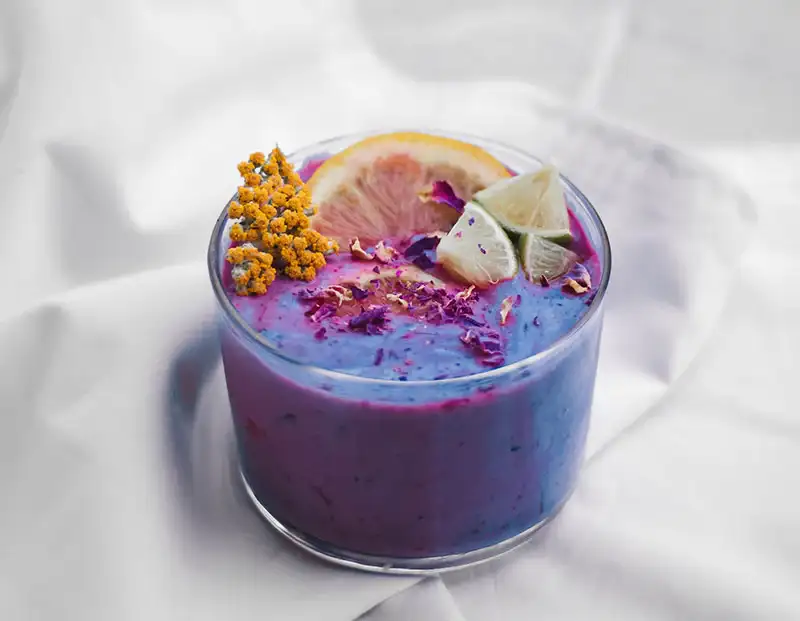
A large apple (130 g) provides 85 kcal and 19 g of carbohydrates. So it makes more sense to calmly eat an apple instead of pouring down a glass of apple juice – especially since the apple is much more filling due to the fiber and the slow eating.
So if you ever want to drink some juice, then drink a small glass (100 to 150 ml) and consider it as a snack, not a thirst quencher. The ideal drink is and remains water.
Fruit in diabetes – raw or cooked
Raw vegetables – as we know – can lower high blood pressure better than cooked vegetables. Likewise, a study from 1994 to 2003 showed that raw vegetables are better at protecting against cancer than cooked ones.
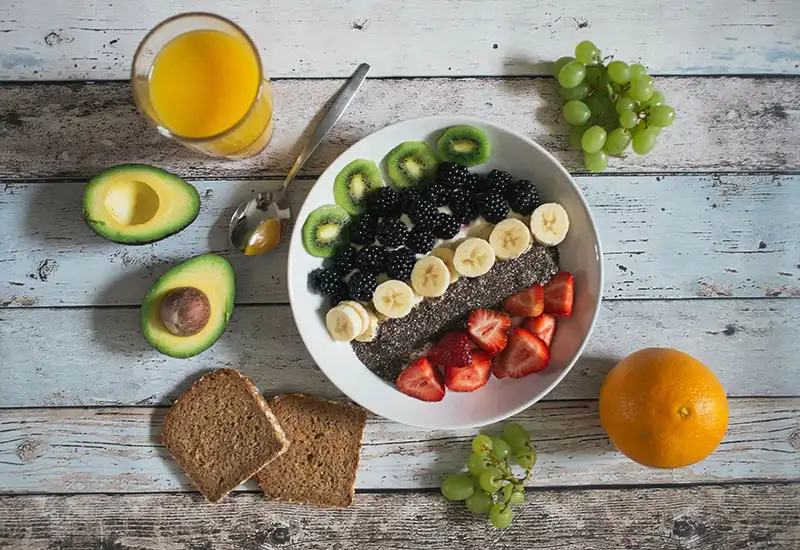
There is still no study on fruit for diabetes, but it can be assumed that raw foods are the better choice here too. Because raw fruits are in full possession of all their vital substances, while the amount of vital substances is reduced with cooked fruits. Fruits are also very important sources of vitamin C – and vitamin C in particular is extremely sensitive to heat.
Canned fruits are not only cooked and often sweetened but usually, they are also peeled. However, it is precisely the peel of the fruit that is an important source of antioxidants and fiber, so that is why canned fruit should never be consumed even without diabetes. In the end, fruit for diabetes is not harmful and also heals the person.
